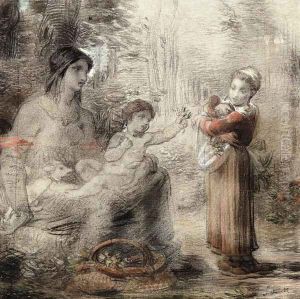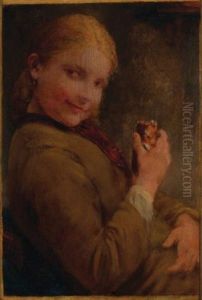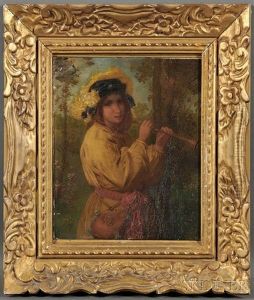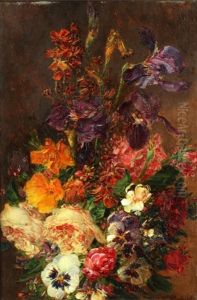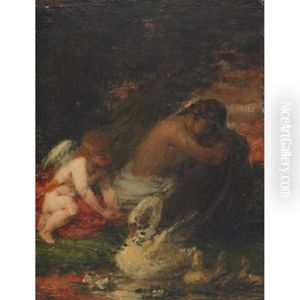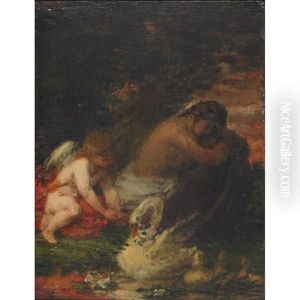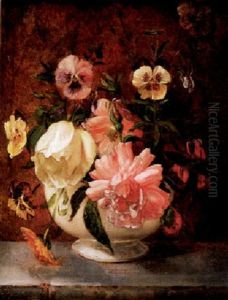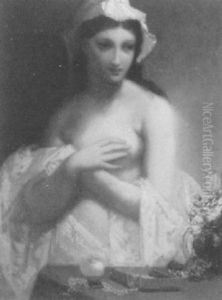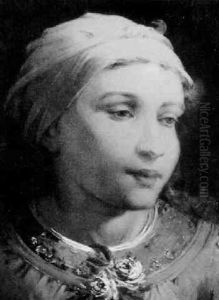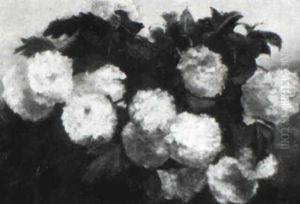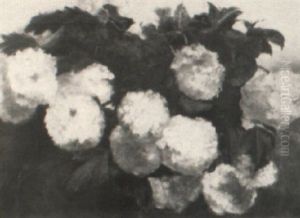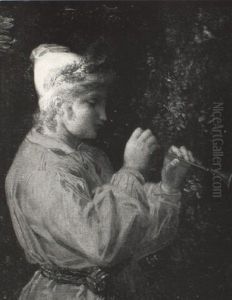William (P.) Babcock Paintings
William P. Babcock was an American artist known for his landscape and genre paintings. Born on January 21, 1826, in Boston, Massachusetts, Babcock was part of a generation of artists who were active during the 19th century, a period that saw significant changes in the art world with the emergence of new styles and movements.
Educated in Boston, Babcock later moved to Europe, which was quite common among American artists of his time who sought the rich artistic traditions and training available there. In 1856, he settled in Paris where he became a student of Thomas Couture, a respected French history painter and teacher known for his classical approach to art. Babcock also spent time in Italy, where he was influenced by the Italian masters and the picturesque landscapes.
Babcock's works often reflect a romantic sensibility, with a focus on atmospheric effects and historical or mythological themes. He was skilled in both oils and watercolors, and his paintings exhibit a fine attention to detail and a mastery of color. Although he lived much of his life in France, Babcock maintained ties to the United States. He was a member of the National Academy of Design in New York and exhibited his work on both sides of the Atlantic.
During his lifetime, Babcock was a modestly successful artist, respected by his peers but never achieving the fame of some of his contemporaries. He continued to paint and participate in the artistic community throughout his life.
William P. Babcock died on June 16, 1899, in Civita Castellana, Italy, where he had spent much of his later years. His works can be found in various art collections and have been included in exhibitions dedicated to exploring American artists who lived and worked abroad.
